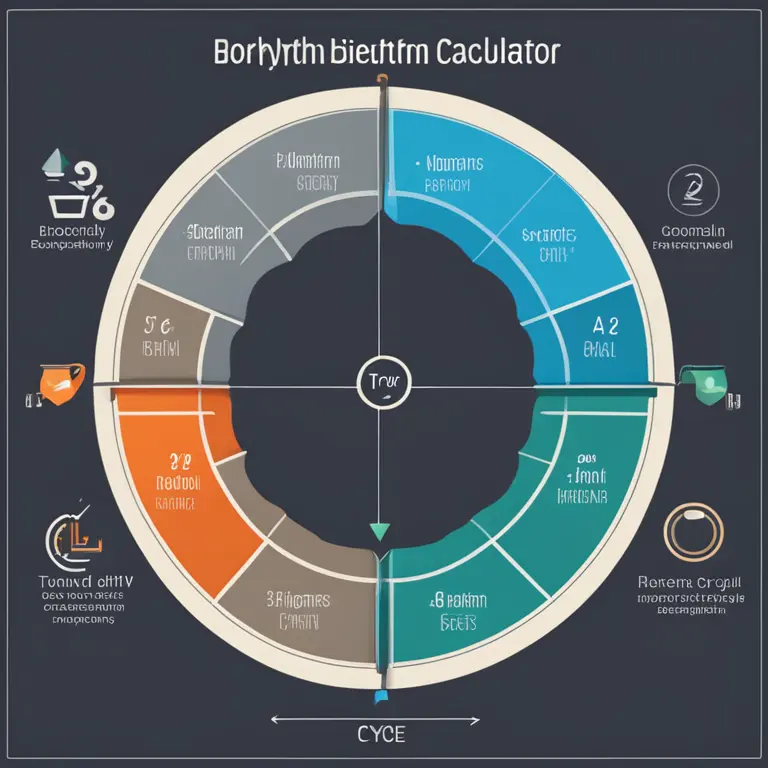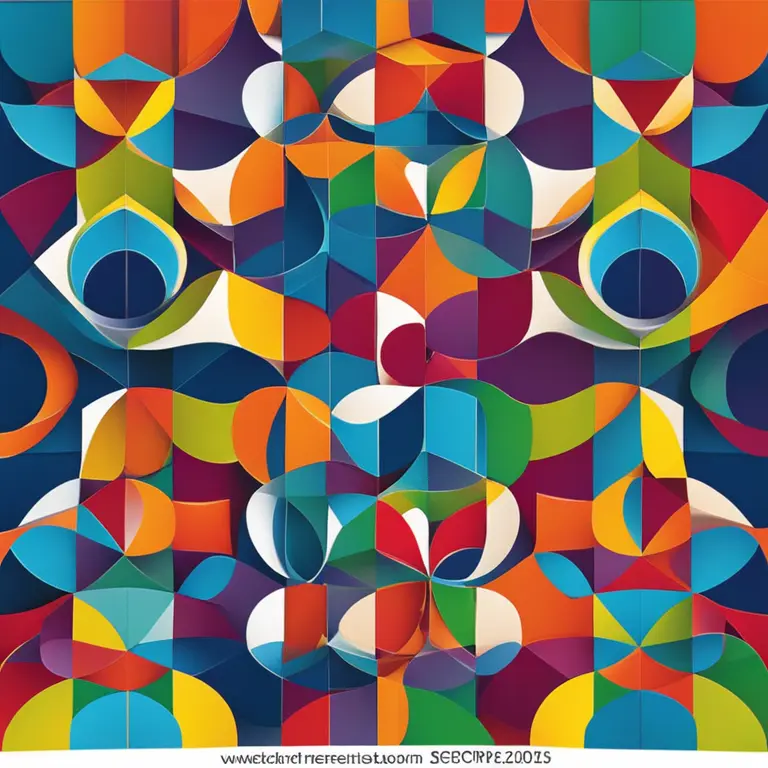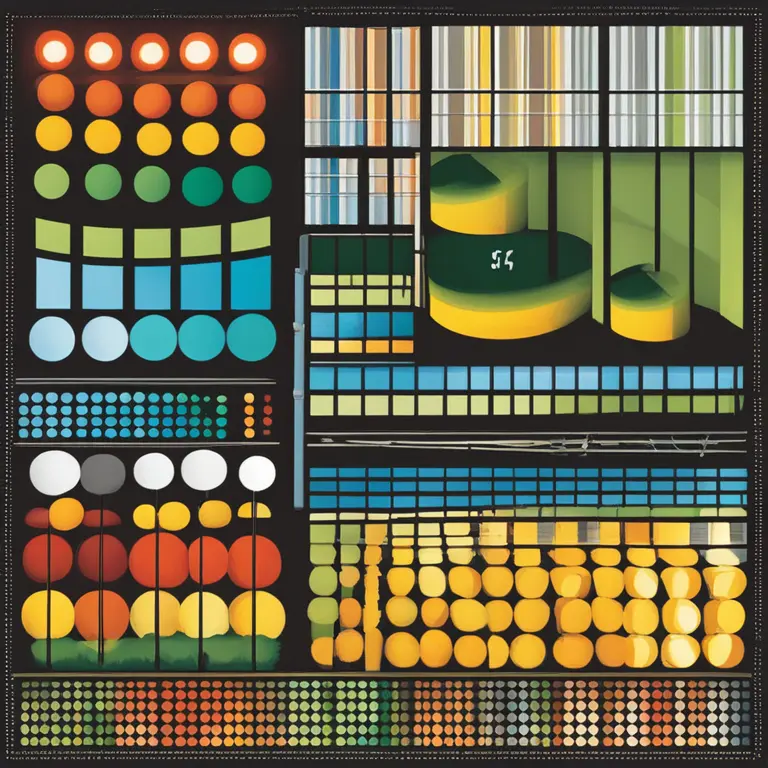
Biorhythm Compatibility Calculator: Sync Up Your Cycles
Discover how a Biorhythm Compatibility Calculator can help you sync your biological cycles with others for better relationships.
article by Adrian Wallace
Introduction to Biorhythms
We all experience natural physiological cycles that affect our physical, emotional, and intellectual well-being. These cycles, known as biorhythms, are believed to play a pivotal role in our daily lives. Biorhythms stem from a concept that suggests we operate on three primary cycles: a 23-day physical cycle, a 28-day emotional cycle, and a 33-day intellectual cycle. Each of these cycles oscillates between high and low periods, influencing various aspects of our behavior and interactions. A Biorhythm Compatibility Calculator can provide insights into how our cycles align or differ from those around us, potentially impacting relationships and teamwork.

What is a Biorhythm Compatibility Calculator?
A Biorhythm Compatibility Calculator is an innovative tool designed to compare and analyze the biorhythm cycles between two individuals. By inputting basic information such as your birth dates, this calculator can chart your individual biorhythms and superimpose them to reveal the degree of synchronization. The concept is based on the idea that understanding the points of harmony and conflict in these cycles can lead to improved relationships. It's a modern spin on an age-old quest to find common ground with our peers, colleagues, and partners.

The Significance of Syncing Cycles
Synchronizing with someone else's biorhythms is thought to affect our ability to collaborate, build relationships, and empathize with their emotional state. For instance, if two partners are experiencing a high point in their emotional cycles simultaneously, they may find a deeper connection or greater harmony within the relationship. Conversely, if one person is at a low point while the other is at a high point, they might experience miscommunication or tension. A Biorhythm Compatibility Calculator helps highlight these phases to better navigate interpersonal dynamics.

How To Use the Calculator for Improved Relationships
To utilize a Biorhythm Compatibility Calculator effectively, begin by entering the birth dates of the individuals in question. The tool will generate a detailed graph that provides a visual representation of where the cycles align or diverge. By examining these patterns, one can determine the best times for important discussions, collaborative projects, or nurturing a relationship. Regular consultation of the calculator can help anticipate periods of potential conflict or alignment, allowing for proactive measures in personal and professional interactions.

The Science Behind Biorhythms
The concept of biorhythms originated in the late 19th century and gained popularity in the 20th century. While not universally accepted within the scientific community, proponents suggest the existence of these rhythms can be observed in the ebb and flow of our daily lives. As we move into 2024 and beyond, advancements in bioinformatics and wearable technology have begun to provide more data that could offer insights into the validity of biorhythms, although conclusive scientific endorsement remains elusive.
Integrating Biorhythms into Modern Life
In our fast-paced world, the application of a Biorhythm Compatibility Calculator is an intriguing way to achieve greater personal understanding and to foster stronger connections. Whether for enhancing personal relationships, choosing the right moment for business decisions, or aligning team efforts, a greater awareness of our bio-cyclical natures has the potential to add a unique and valuable layer to decision-making processes and social interactions.
Published: 1/30/2024
Modified: 1/30/2024
More predictions
Come back here soon to learn more about yourself and your future


The Reality of Biorhythms: Myth or Science?
Delve into the scientific stance on biorhythms and discover whether there's evidence backing up this intriguing concept.


The Biorhythms Chart: A Personal Energy Guide
Discover the insights of a biorhythms chart and how it reflects your personal energy cycles for better life management.


The Essential Guide to Your Biorhythm Calendar
Discover the science of your body's natural rhythms and learn how to track your personal biorhythm calendar for enhanced well-being.